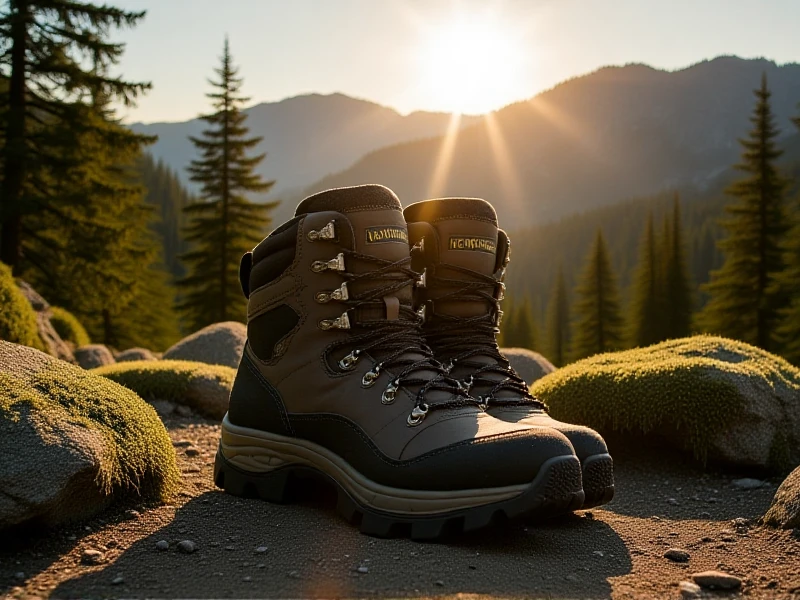Unlock Peak Performance: Your Guide to Conquering in Mountaineering Boots

****
Conquering rugged summits demands peak physical condition and unwavering mental fortitude, but even the strongest resolve falters without the right tools underfoot. Where mere hiking boots reach their limit, specialized mountaineering boots become absolutely essential. These technical titans are engineered specifically for the brutal realities of steep ascents, challenging rock scrambles, glacier crossings, and the unforgiving cold found at higher altitudes. Your success and safety on these vertical adventures depend heavily on choosing the correct footwear.
Understanding the core performance elements of mountaineering boots is paramount:
- Uncompromising Durability & Protection: Built to withstand abrasion from scree, impacts against rock, and constant flexing, mountaineering boots utilize tough nubuck or synthetic leathers, often with reinforced toe caps and rands. Rigid or semi-rigid midsoles provide critical protection from sharp rocks and offer a stable platform for edging. This armor safeguards your feet on demanding terrain where lesser boots would fail quickly.
- Insulation & Waterproofing Mastery: Extreme altitude equates to extreme cold. Quality mountaineering boots integrate high-performance insulation like Thinsulate™ or Primaloft™. Critically, they also feature fully waterproof-breathable membranes like Gore-Tex® to keep feet dry from melting snow, slush, and rain. Look for models designed for specific temperature ranges – from lighter "3-season" boots to heavily insulated high-altitude monsters. Breathability prevents sweat build-up, mitigating risk of frostbite.
- Confidence-Grip Outsoles & Secure Support: A secure connection with the mountain is non-negotiable. Mountaineering boots universally boast aggressively lugged Vibram® or similar outsoles optimized for traction on snow, ice, mud, and loose rock. They feature welts (B2 or B3 ratings) designed specifically to interface securely with crampons, essential for glacier travel or icy slopes. Crucially, stiff support minimizes fatigue on steep inclines and provides lateral stability.
While maximizing protection and performance, a crucial balance must be struck: Weight & Flexibility vs. Support. Heavier insulated and rigid boots (B3) provide unparalleled support and warmth for technical ice climbing or Himalayan expeditions. For alpine climbs, demanding scrambles, or climbing firmer snow at moderate altitudes, lighter B2 mountaineering boots offer better sensitivity and less fatigue. Modern design focuses on weight reduction without sacrificing crucial structure.
Selecting the right mountaineering boots is deeply personal and mission-critical. Consider the terrain, season, altitude, and temperatures you'll encounter. A perfectly fitted boot offers slight heel lift but no slippage, ample toe room for circulation without blisters, and no painful pressure points. Invest time researching, try on multiple models, and consult experienced professionals.
Don't let ill-fitting or inadequate boots be your summit's obstacle. Gear up with confidence – the right mountaineering boots empower you to push boundaries and conquer heights safely. Step into performance that matches your ambition.